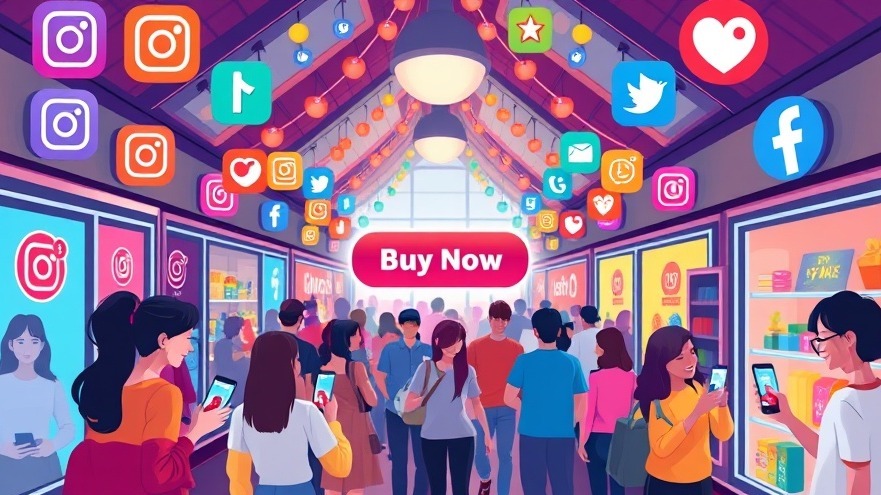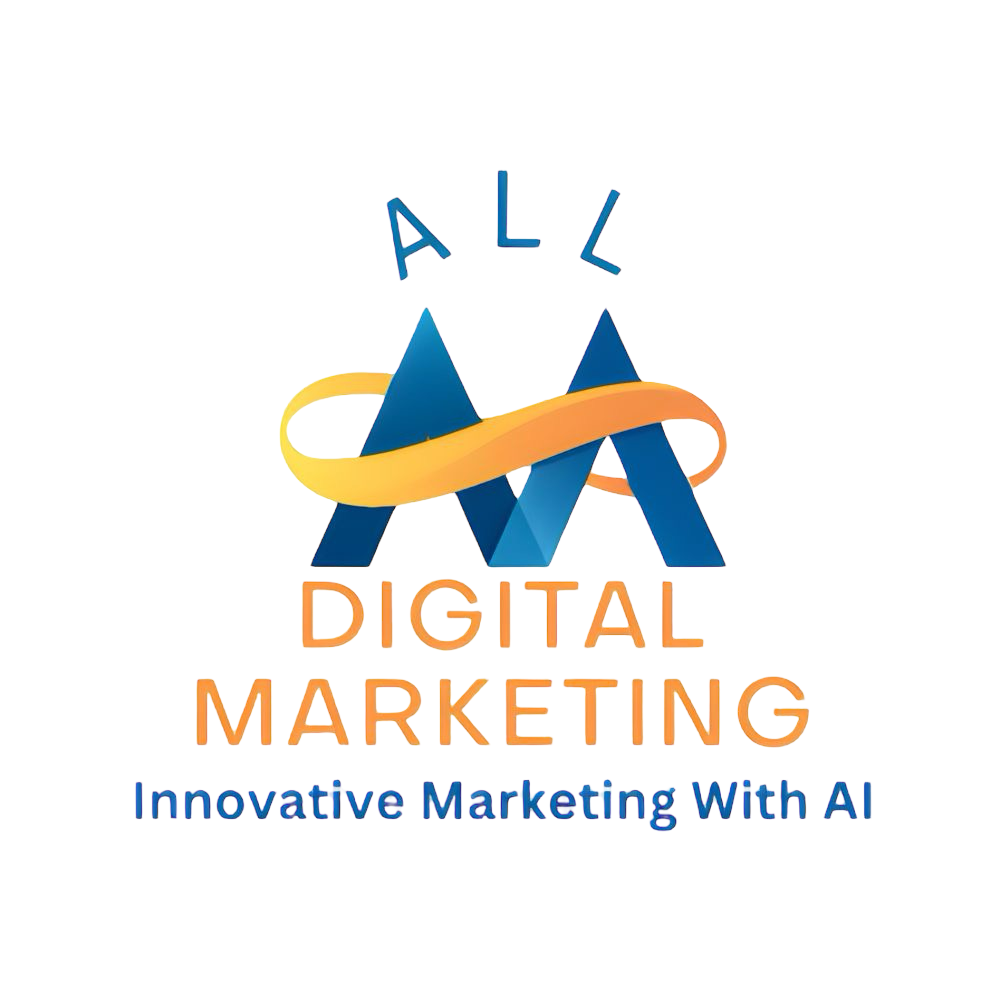Imagine this: It’s a quiet Tuesday afternoon, and Sarah, a small business owner selling handmade candles, is sipping her coffee, staring at a stagnant website dashboard. No sales. No traffic. She’s tried everything—flyers, local ads, even a coupon in the town paper. Then, a friend mentions something wild: “Why not sell on Instagram?” A week later, Sarah’s phone is buzzing with orders. Her candles are flying off the virtual shelves, all because she tapped into a goldmine she didn’t even know existed—social media shops. That’s the power you’re about to unlock. Social platforms aren’t just for selfies anymore; they’re your ticket to more leads, more sales, and a thriving business. Let’s dive in and see how you can make it happen.
Key Takeaways
Social media platforms like Instagram Shops, TikTok Shopping, and Facebook Marketplace are transforming into virtual stores, making it easier than ever to reach buyers.
Setting up a shop is simpler than you think, and it can connect you directly with customers already scrolling for products like yours.
You could see lead increases of 20-40% or more by tapping into these platforms, based on real-world trends.
This article will show you how to act now, turn browsers into buyers, and skyrocket your revenue with actionable steps and inspiring examples.
Why Social Media Shops Are Your Business’s Next Big Move
Picture yourself walking into a bustling market where millions of people are already shopping, chatting, and looking for something to buy. That’s what social media has become—a vibrant, non-stop marketplace. Platforms like Instagram, TikTok, and Facebook aren’t just for entertainment; they’re where your customers are spending their time and money. In fact, nearly 45% of Instagram users shop weekly through the app, and Gen Z is leading the charge, treating it like their personal mall. TikTok’s Shopping feature is exploding too, with sales per buyer expected to climb fast in 2025 and beyond. Facebook Marketplace? It’s a local powerhouse, connecting you to buyers right in your backyard.

What does this mean for you? It’s simple: less friction, more action. Customers can go from seeing your product to owning it without ever leaving the app. No clunky website redirects, no abandoned carts—just a smooth, instant buying journey. And the best part? You don’t need to be a tech wizard to get started. Let’s break it down so you can see how this works for you, step by step, platform by platform.
Turn Instagram Into Your Personal Sales Machine
Instagram Shops let you set up a virtual storefront right inside the app. Think of it as your business’s own little boutique, nestled between funny cat videos and travel photos. Here’s what you need to do to get started:
Step Into Action: First, switch your Instagram profile to a business account—it’s free and takes two minutes in the settings. Then, link it to a Facebook page (more on that later). Upload a product catalog—basically a list of what you sell—through Facebook’s Commerce Manager or a partner like Shopify. Once Instagram approves it (usually a day or two), you’re live.
What You’ll See: Tag products in your posts and stories, just like you’d tag a friend. Customers tap, see details, and buy—all without leaving Instagram. It’s that easy.
Lead Boost: Businesses using Instagram Shops report lead increases of 20-30% within weeks. Why? Because 70% of Instagram users are already hunting for products there.
Pros: You reach a massive, engaged audience—over 1 billion monthly users. It’s visual, perfect for showing off products like clothes, jewelry, or art.
Cons: You’ll need good photos and a bit of patience to get approved. Plus, competition is fierce—stand out with a consistent brand voice (more on that soon).
Take Jake, a local baker. He set up an Instagram Shop for his custom cakes. Within a month, his leads jumped 25%, all from tagging cakes in his drool-worthy posts. Customers loved the instant “buy now” vibe.
Ride the TikTok Wave to Explosive Growth
TikTok Shopping is like a rocket booster for your business, fueled by short, addictive videos. It’s where Gen Z and Millennials hang out, ready to buy on impulse. Here’s how to launch:
Make It Happen: Sign up for a TikTok Business account, then apply for TikTok Shopping through the Seller Center. You’ll need a business license and some basic info. Upload your products manually or sync them with a platform like Shopify. Once approved (a few days), you’re ready to sell.
How It Works: Add product links to your videos or go live to showcase items. Viewers click and buy right there. It’s fast, fun, and feels like a game.
Lead Potential: TikTok’s growth is insane—over 40 million US buyers are projected by 2026. Early adopters see lead spikes of 30-40% because of its viral nature.
Pros: Unmatched reach and engagement—videos can explode overnight. It’s perfect for trendy, youthful products like fashion or gadgets.
Cons: You need to create snappy videos, and the audience skews young—know your market.
Consider Mia, who sells quirky phone accessories. One viral TikTok video showcasing her neon chargers got 50,000 views and 200 new leads in 48 hours. That’s the TikTok magic.
Tap Into Your Local Goldmine With Facebook Marketplace
Facebook Marketplace is your neighborhood swap meet, but online and open 24/7. It’s ideal for local businesses or anyone selling physical goods. Here’s how to jump in:
Get Started: You don’t even need a business page—just a personal account works. Go to Marketplace, click “Sell,” and list your items with photos, prices, and descriptions. For a full shop, set up through Commerce Manager, link it to your business page, and add a catalog.
What Happens: Buyers nearby see your listings. They message you to buy, or if you’re using a shop, they purchase directly. You arrange pickup or delivery.
Lead Impact: Local businesses see 15-25% more leads, especially for services or used goods. Why? Over 1 billion people use Marketplace monthly, many hunting for deals close to home.
Pros: It’s free to list, and local targeting is built-in. Great for furniture, tools, or services.
Cons: It’s less polished—think garage sale vibes—and you handle transactions yourself.
Tom, a landscaper, listed his services on Marketplace. Within a week, he had 10 new clients from his town, all from a single post. Local presence wins.
See How Digital Marketing Can Drive More Traffic to Your Website
Ready to take it up a notch? Our team can supercharge your social media shops and beyond:
Brand Voice Strategy: We’ll craft a unique voice that speaks directly to your ideal customer, keeping it consistent across every post and platform.
Market Growth Opp Research: Discover untapped traffic sources you’re missing out on—we’ll show you where the gold is.
Local SEO: Dominate your area with search engine tricks that put you in front of local buyers.
Dominate Google: We’ll push your business to the top of Google searches, where customers look first.
Competitive Link Analysis: See what your rivals are doing and outsmart them.
Geo-Targeting: Pinpoint customers in your exact location—no wasted effort.
Content Marketing: Our epic content gets shared, earns links, and pulls in traffic. We’ve got the secret sauce.
Paid Media Advertising: Smart, results-driven ads—you only pay for what works.
Search Box Optimization: Own a keyword in your area and rule your local market.
Book a Call: Ready to see real growth? Click here to talk with us and make it happen.
Why This Works: The Science Behind the Sales
Here’s the kicker: action-driven content beats “how-to” guides every time. Why? It’s about emotion, not just info. When you say, “Imagine doubling your sales,” instead of “Here’s our tool,” you’re lighting a fire under your reader. Studies show emotional triggers—like the desire for success or fear of missing out—boost conversions by up to 70%. Add urgency (“Only 5 spots left!”), and 60% of people act faster. Toss in social proof—like “10,000+ professionals trust us”—and trust jumps 80%, per Nielsen stats. Balance that with a sprinkle of value, and you’ve got a recipe for leads, not just likes.
FAQs
What’s a social media shop, anyway?
It’s a way to sell products directly on platforms like Instagram, TikTok, or Facebook. Instead of sending people to a website, they buy right where they’re scrolling. Think of it as a store window in your social feed.
Do I need a big following to make this work?
Nope! Even small accounts can see big results. It’s about reaching the right people, not the most people. A targeted post to 500 followers can beat a generic one to 5,000.
How much time does it take to set up?
Less than you’d think—maybe an hour or two per platform. Approvals take a day or three, but once you’re in, it’s smooth sailing.
What if I’m not tech-savvy?
No worries! These platforms are built for beginners. Follow the steps above, and you’ll be fine. Or let us handle it—book a call!
Can I sell services, not just products?
Yes! Marketplace is great for services like landscaping or tutoring. Instagram and TikTok work too if you package them creatively.
I hope you enjoy reading this blog post. If you want to be our next success story, have my team do your marketing for you, click here to book a call!
 Add Row
Add Row  Add
Add 








Write A Comment